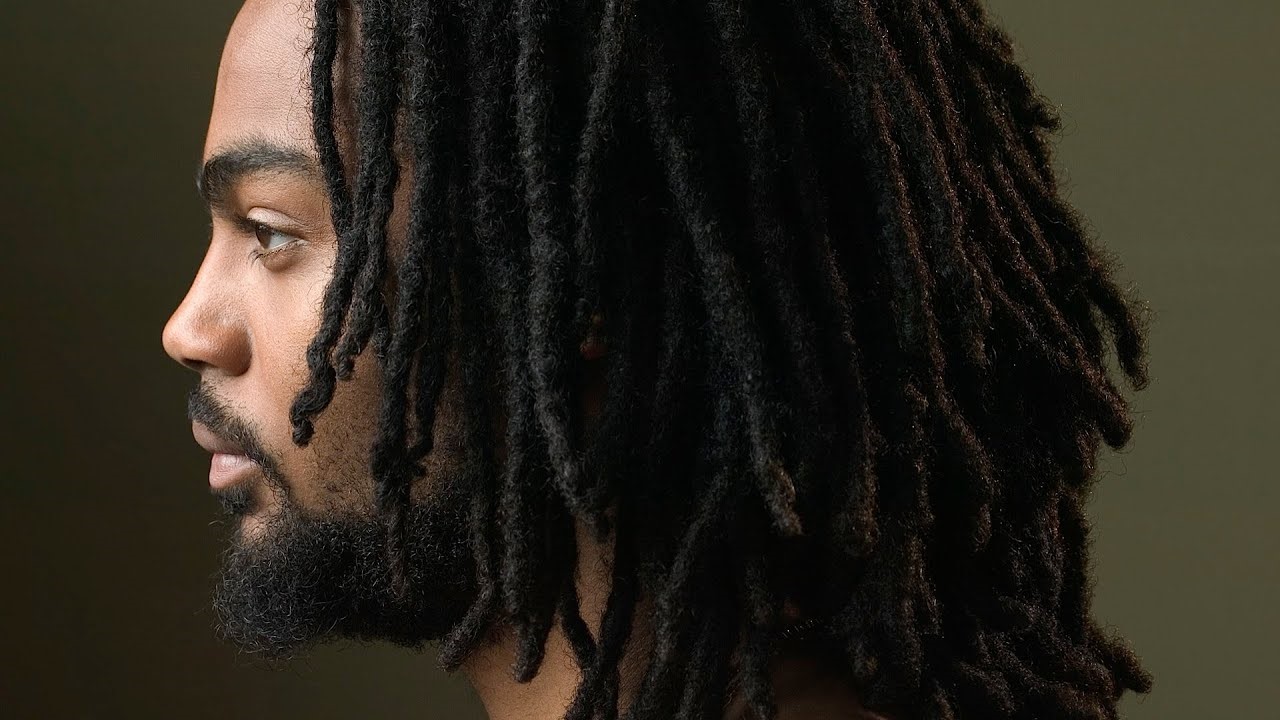The Surprising Origins Of Dreadlocks

Have you ever wondered where dreadlocks come from? These unique hairstyles have a rich history that spans continents and cultures. From ancient Egypt to the Rastafarian movement in Jamaica, dreadlocks have been worn by people for various reasons, including spiritual, cultural, and even practical purposes. Some believe that the style originated in Africa, while others point to early depictions in Hindu scriptures. Regardless of their exact beginnings, dreadlocks have become a symbol of identity and expression for many. Join us as we unravel the fascinating story behind this iconic hairstyle and its journey through time.
The Surprising Origins of Dreadlocks
Dreadlocks, often associated with Rastafarian culture, have a rich history that spans continents and centuries. These iconic hairstyles have been worn by various cultures for different reasons, from spiritual to practical. Let's explore the fascinating origins of dreadlocks and uncover their diverse roots.
Ancient Egypt
Ancient Egypt is one of the earliest known cultures to have worn dreadlocks. Mummies have been discovered with their hair still intact, styled in what we now recognize as dreadlocks.
- Pharaohs and Nobles: Egyptian royalty and high-ranking officials often wore dreadlocks as a symbol of power and divinity.
- Spiritual Significance: Dreadlocks were believed to connect the wearer to the gods, serving as a spiritual conduit.
India
In India, dreadlocks have been worn for thousands of years, primarily by holy men and women known as sadhus.
- Sadhus: These ascetic monks wear dreadlocks as a sign of their renunciation of worldly possessions and dedication to spiritual practice.
- Shiva Worship: Followers of the god Shiva often wear dreadlocks, emulating the deity who is depicted with matted hair.
Ancient Greece
Even in ancient Greece, dreadlocks made an appearance, particularly among certain groups and individuals.
- Warriors: Greek warriors sometimes wore dreadlocks, believing the style would intimidate their enemies.
- Philosophers: Some philosophers and thinkers wore dreadlocks as a symbol of their unconventional thinking and lifestyle.
Africa
Across the African continent, dreadlocks have been worn by various tribes and cultures for centuries.
- Maasai Warriors: In Kenya, Maasai warriors traditionally wear long, red dreadlocks, dyed with ochre.
- Himba People: The Himba people of Namibia use a mixture of butter, ochre, and herbs to create their distinctive dreadlocks.
Rastafarian Movement
The Rastafarian movement, originating in Jamaica, brought dreadlocks to global attention in the 20th century.
- Spiritual Symbol: For Rastafarians, dreadlocks symbolize a covenant with God and a rejection of Babylon, representing Western society and oppression.
- Bob Marley: The legendary musician popularized dreadlocks worldwide, making them a symbol of resistance and cultural pride.
Modern Interpretations
Today, dreadlocks are worn by people of all backgrounds for various reasons, from fashion to cultural expression.
- Fashion Statement: Many people wear dreadlocks as a unique and stylish way to express their individuality.
- Cultural Pride: For some, dreadlocks are a way to connect with their heritage and celebrate their cultural identity.
Dreadlocks have a rich and varied history, reflecting the diverse cultures and beliefs of those who wear them. From ancient Egypt to modern fashion, this iconic hairstyle continues to captivate and inspire.
Dreadlocks: A Rich History
Dreadlocks have a deep, varied history that spans continents and cultures. From ancient Egypt to the Rastafarian movement, these unique hairstyles carry significant meaning. They symbolize spiritual beliefs, social status, and personal identity. Understanding the origins of dreadlocks helps appreciate their cultural importance today.
This hairstyle isn't just a fashion statement. It's a link to the past, a representation of resilience and pride. Whether seen in ancient artifacts or modern streets, dreadlocks tell stories of strength and tradition.
Next time you see someone with dreadlocks, remember the rich history behind those locks. They are more than just hair; they are a testament to human diversity and cultural heritage. Embrace the knowledge and respect the journey that dreadlocks represent.

